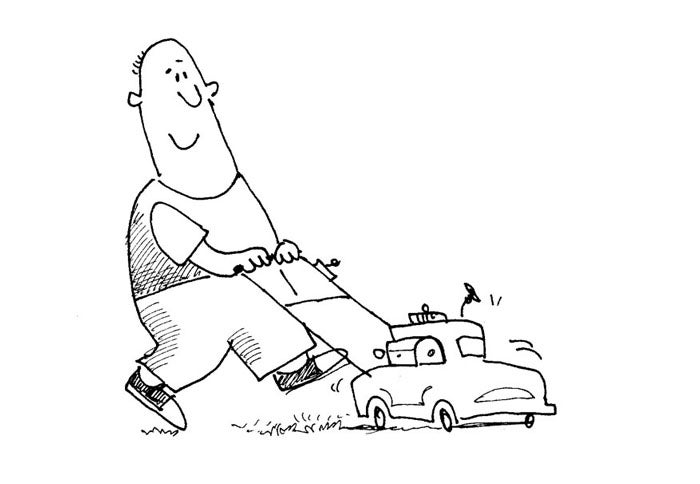Blackwelder column: Mowing emerging fescue
Published 12:00 am Sunday, November 15, 2020

- Illustration by Mark Brincefield, for the Salisbury Post.
Those that have re-seeded their fescue lawns are now beginning to experience emerging turf as a result of our warm, wet fall weather. It is important to mow newly emerging turf when it reaches a height of four inches. Consistent mowing promotes blade strength and helps the turf acclimate to fall growing conditions. Make sure the mower blade is properly sharpened before mowing new turfgrass. Dull mower blades damage tender seedings and have a tendency to yank new seedlings out of damp or wet soils.
Newly emerging fescue seedlings must have full sun to obtain maximum growth. Maximum root growth is essential for summer survival. Falling leaves and excess wheat straw from planting impedes light that can produce weak, frail turf. Leaf removal can be somewhat tricky with newly emerging seeding grass. It’s best to use a leaf blower or a bagger on the mower to remove leaves or excess straw without damaging roots.
Since fescue grows best in the fall and early winter, its best to continue the fall fertilization program. The root system continues to grow as top growth slows during cold weather. Split applications in September, October and November are recommended to supply growing turf constant nutrition. Go to https://content.ces.ncsu.edu/carolina-lawns for more complete information on fall fertilization for fescue lawns.
Darrell Blackwelder is the retired horticulture agent and director with the North Carolina Cooperative Extension Service in Rowan County. Contact him at deblackw@ncsu.edu .



